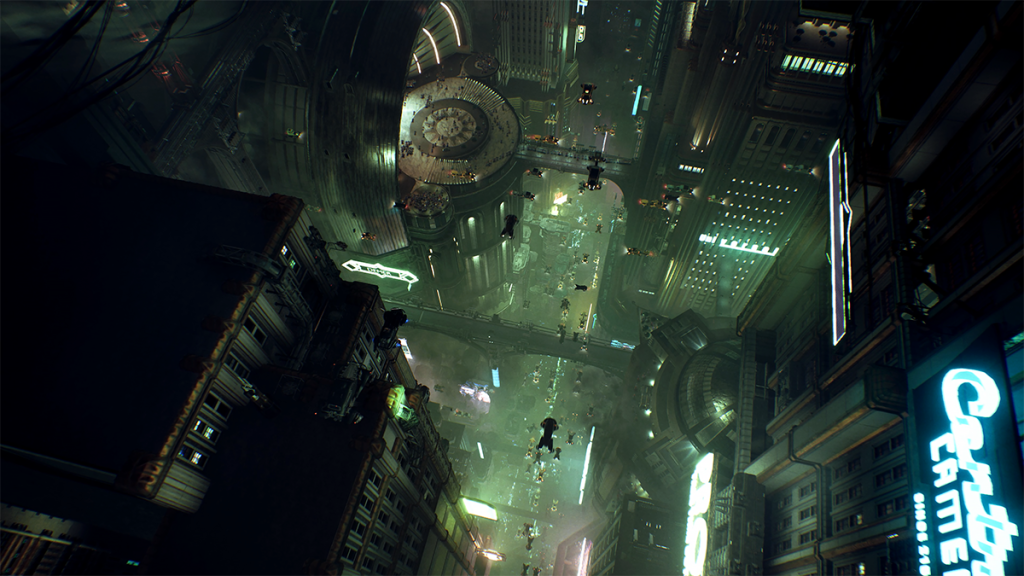One of the best aspects of the video game medium is the ability to visit unknown worlds, alternate timelines, and intricately built universes that contain distinctive lore and history. As a player, we step inside these new locations to explore the unknown, discover the deep lore and become fully immersed in what we hope to be, an unforgettable experience. When it comes to delivering an iconic world, Nobody Wants to Die succeeds. There are issues found within this cyberpunk adventure, but the detailed universe housing this linear narrative is truly thrilling to explore.
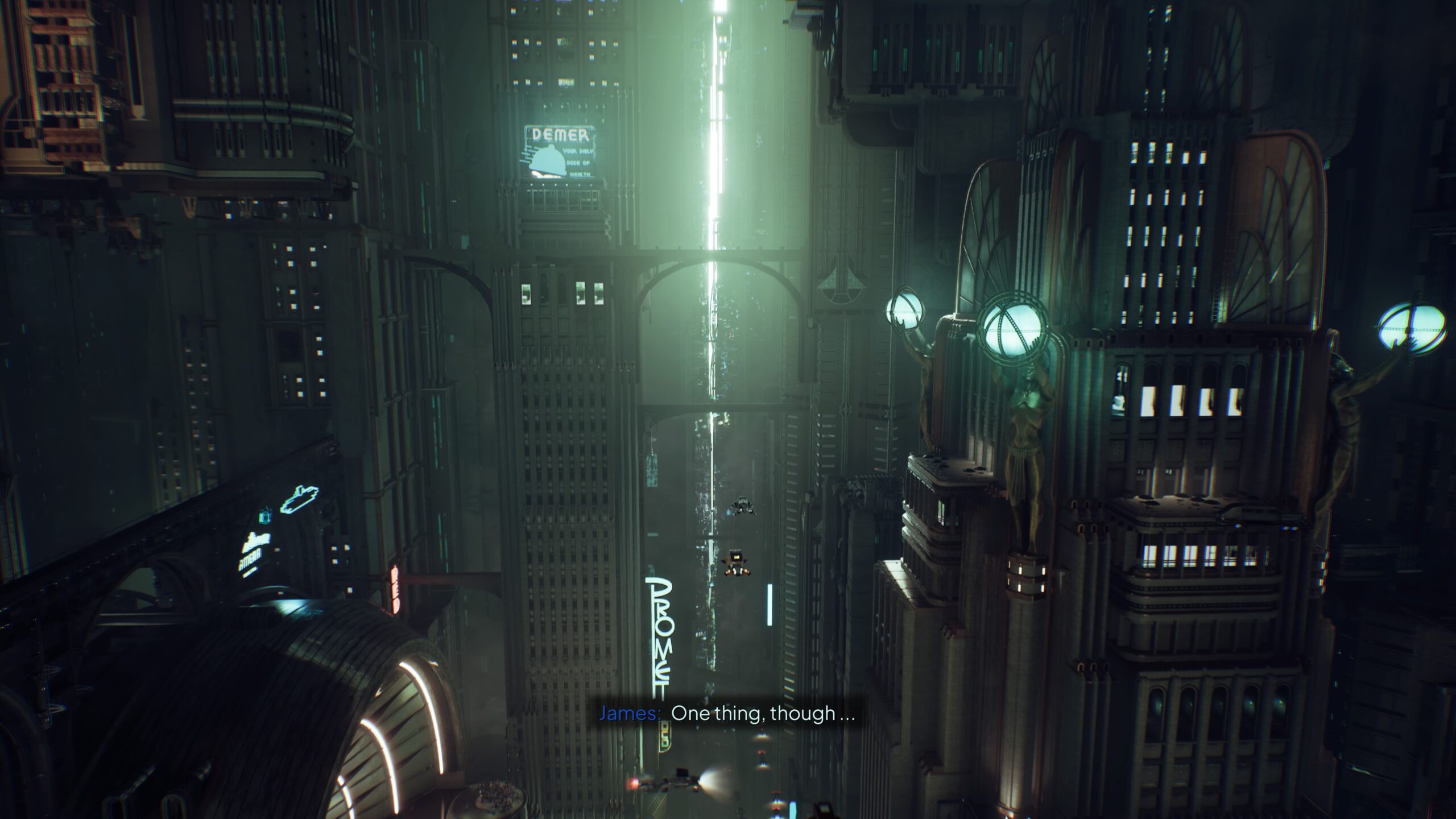
The year, 2329. The location, a dystopian New York City. In this cyberpunk future, death has become a thing of the past, as technology has advanced enough to give all humans eternal life, and everyone is happy – well, not quite. Eternal life comes at a price, literally. A price that the rich and powerful can pay without hesitation, whereas the poor and weak must settle with what they have or even worse. Let me paint you a picture. If you are rich, and your body fails you, your consciousness can be transferred to a new shell, perhaps one that used to be inhabited by an elite athlete, and you could return to the world within a few days. However, if you are poor, you may find yourself getting a new body from the bottom of the rack, one with previous addictions, afflictions, or general issues. But what about those who cannot afford a new body? Well, you may find your consciousness stored in a memory bank, an empty void, as you wait for a new body that may never come. This is a brief example of the deep themes that run throughout Nobody Wants to Die, and as the real world experiences a cost-of-living crisis, these themes of financial divide hit home in powerful ways.
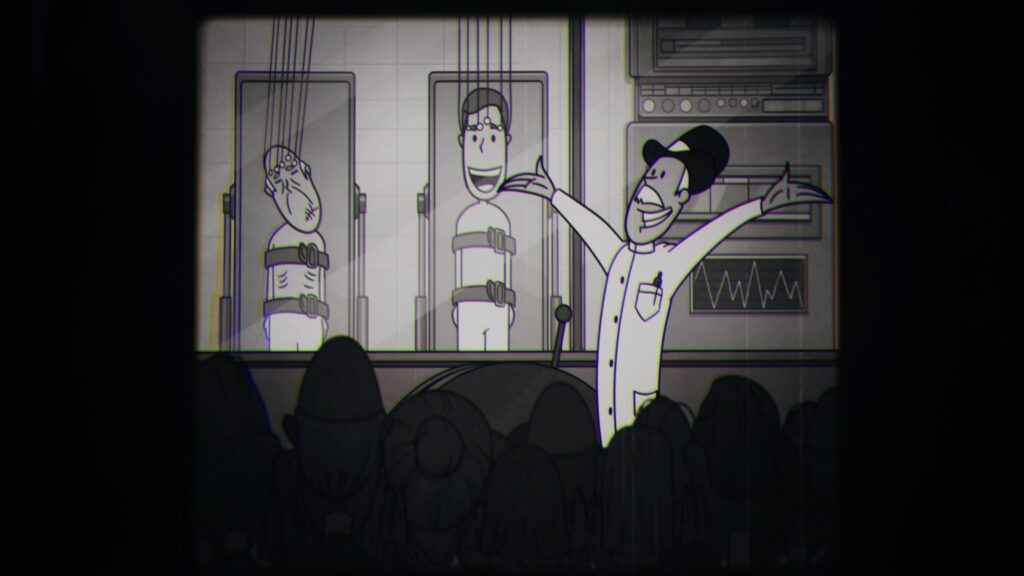
At its core, Nobody Wants to Die is a linear first-person story-driven detective adventure, that leans heavily into noir fiction cliches and tropes. Players control James Karra, a bitter detective who recently experienced a severe accident, which has sidelined him from his usual daily duties. However, James is tasked to handle an investigation by his superior, which is when James is introduced to Sara Kai, a fellow member of the police force who interacts with James via an earpiece. This unofficial investigation is technically off-the-books, and we soon learn why, as James discovers that a New York City elite has been definitively murdered, and it is up to the unlikely duo of James and Sara to unmask the killer in a world where death was made obsolete.
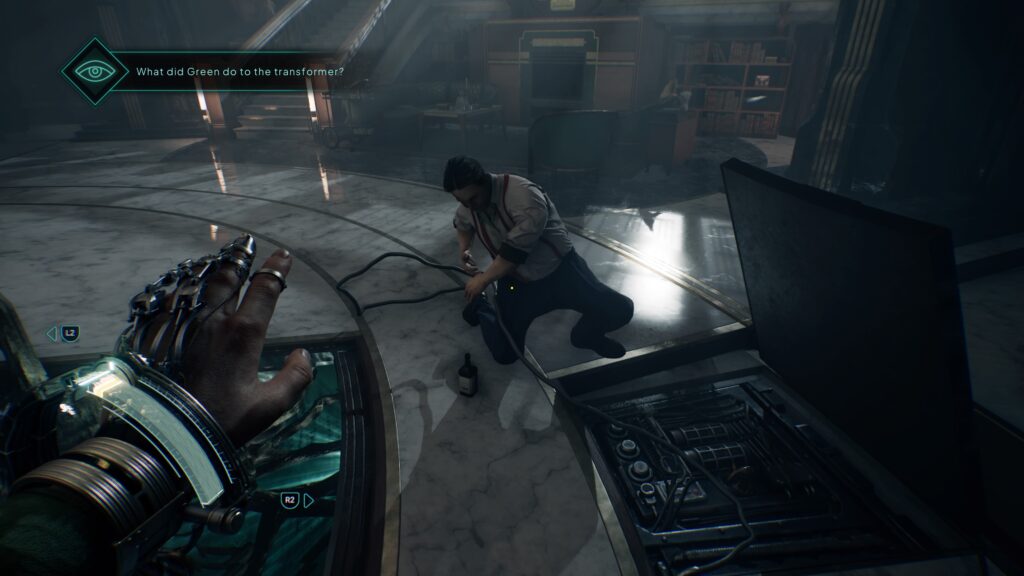
The main story explores the seedy lives of the rich and tackles many relevant themes of power, wealth, and the price of our own lives. Narratively, Nobody Wants to Die avoids holding the player’s hand. It expects players to be paying attention and noticing minor story details across the five to six-hour adventure, and those players who do, will find the multiple endings very impactful as they will leave players looking at the adventure from new perspectives. However, the subtleness of the story and its ending could leave many players scratching their heads, and while I appreciate a story that encourages interpretation and debate, a story-focused experience such as this, may leave some with an unsatisfying conclusion.
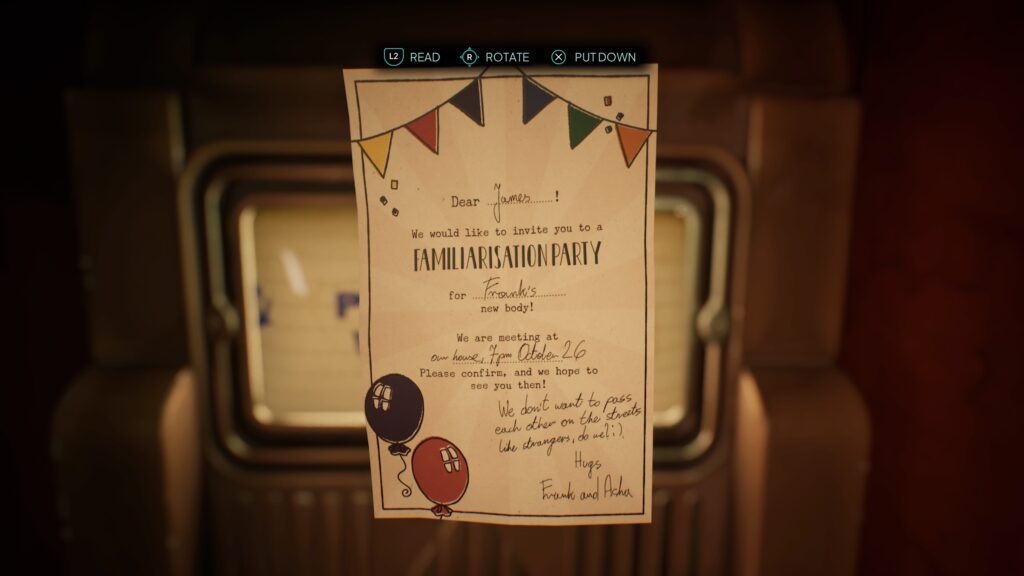
It’s also worth mentioning that Nobody Wants to Die ‘remembers’ choices, in a similar fashion to entries developed by Telltale Games. Nobody Wants to Die consistently mentions there are ‘ramifications’ to your choices and there are multiple decisions that are emphasised, hinting that major changes may occur depending on what you decide to do. However, aside from unlocking additional dialogue options, I never felt like my choices mattered. For example, I was able to achieve the ‘good’ and ‘bad’ endings from the same save file, despite the fact my major choices never changed, instead only one decision late in the game seemed to matter. I would have liked to have seen more ramifications to my choices, or even some of my major decisions referenced more than once. The lack of consequences makes these selections feel insignificant.
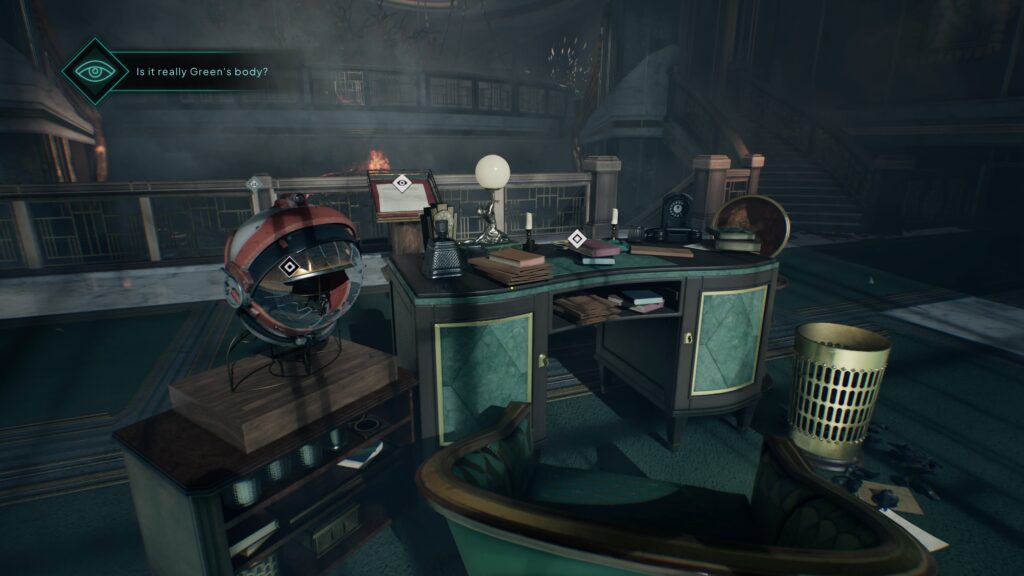
The main narrative is strong, but it is greatly improved due to the strength of the relationship between James and Sara. The main interactions between these two individuals occur via earpiece, this is similar to the dialog between the lead characters in Firewatch. Due to the outstanding writing and the fact James and Sara are both well-developed characters, there are times when their relationship rivals the bond found in Firewatch between Henry and Delilah. Both voice actors deliver fantastic performances, and seeing these two polar opposite characters bond across the story feels incredibly natural. Without these two pillars, the main story would feel more generic, but as I found myself caring for both James and Sara, their relationship helped make Nobody Wants to Die more memorable.

READ: SCHiM Review — Shadow-hopping Brilliance
Nobody Wants to Die delivers an intricately fleshed-out world. Developer Critical Hit Games never overexplains the themes, concepts, and lore, instead it slowly feeds the player with necessary information to understand the plot. I felt encouraged and rewarded to explore each location, discovering minor details about the history of the world and the relevant political issues faced by the population. I wanted to keep exploring the intricate lore, the seedy underbelly of New York City, and even the concept of humans adjusting to their new bodies. These elements left me intrigued and enthralled throughout the short adventure. When it comes to world-building, Critical Hit Games has successfully developed a location that left me wanting more, and it would truly be a shame for players to never visit this fascinating universe again, as the potential for endearing and memorable stories feels almost endless.
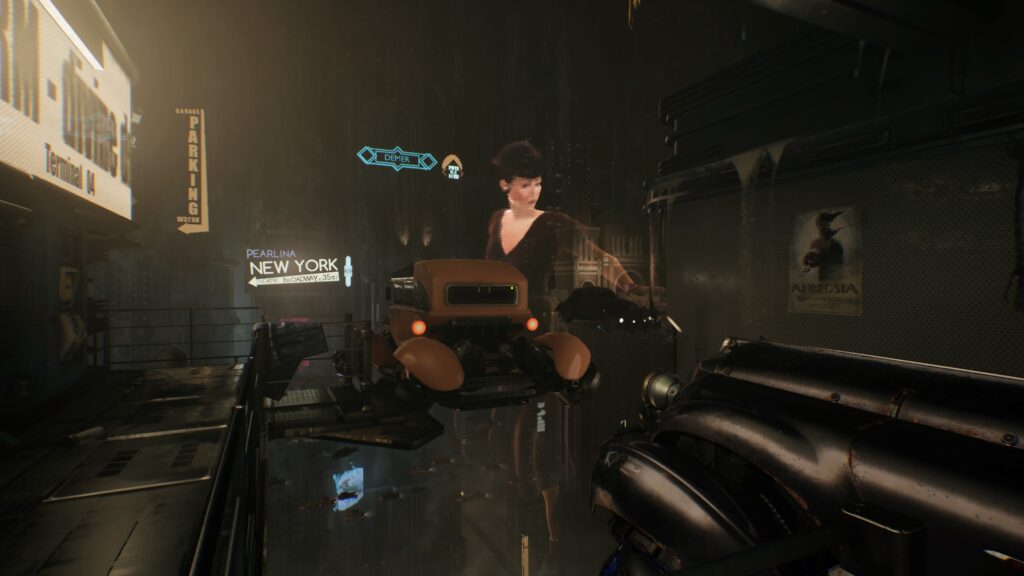
James will visit a handful of crime scenes across the adventure, and players must utilise a UV light, an X-ray device, and a camera to piece together the events that took place. The most memorable item at James’ disposal is the Reconstructor, a piece of technology that can manipulate time to see previous events; if you ever played Remember Me, it is similar to the memory remixing mechanic. Firstly, exploring these crime scenes and piecing together what happened is a lot of fun, especially as the main narrative unravels itself during these investigations. However, these scenes suffer from repetition, lack of choice, and variety, as each crime scene only needs the four tools James conveniently has at his disposal to solve. Unlike L.A. Noire, where you may miss pieces of evidence, or the Arkham series, where you must scour locations for well-hidden clues, the crime scenes in Nobody Wants to Die feel more like a dot-to-dot drawing. Sure, they are fun to experience the first time around, but with the lack of variety, lack of failure, and the repetitive nature of solving each scene, Nobody Wants to Die does not encourage replayability; especially with no option to skip previously solved crime scenes.

I still found solving each crime scene to be fun, but the same could not be said for the crime boards. These instances task James to lay out all the clues from the crime scene and piece them together to find out what exactly occurred and direct where his investigation should go next. However, these short gameplay moments lack fun and felt incredibly formulaic. The Danganronpa series implements a similar system, where players piece together the events of a crime, but those instances allow failure, with repercussions dealt to those not paying attention. Whereas making an incorrect inference in Nobody Wants to Die does nothing, players can simply disconnect their first choice and go again. It’s trial and error, without any ramifications for making a mistake, and thankfully there are only three of these throughout the experience.

The soundtrack in Nobody Wants to Die helps set the scene throughout the adventure, leaning on the noir music found in classic detective films. It suits the experience well and never outshines the narrative as it unfolds. The music does swell during intense moments, helping to emphasise the impact of these scenes, with some late-game instances benefiting from the grandiose nature of the audio.
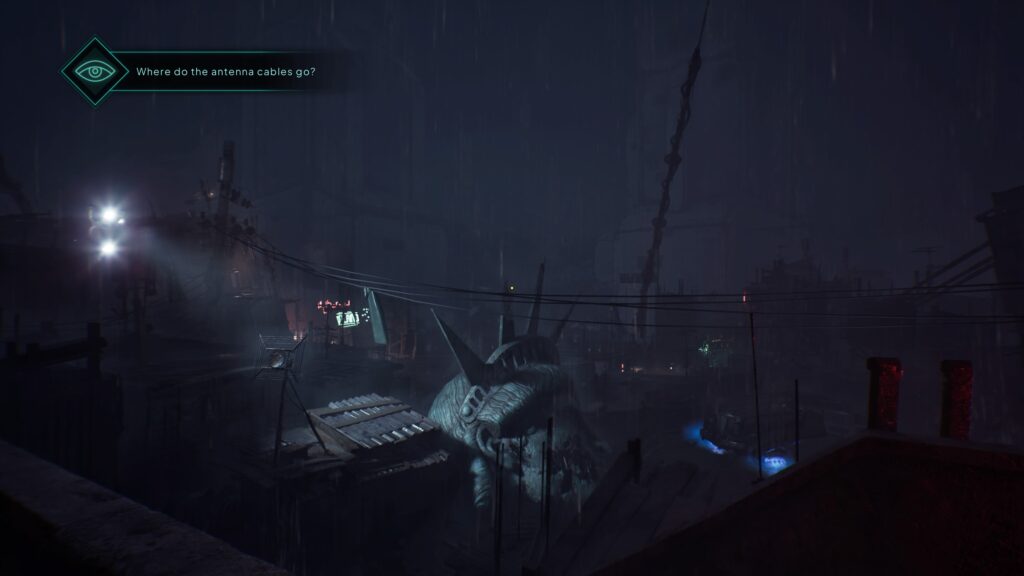
Nobody Wants to Die looks absolutely stunning running on Unreal Engine 5. Due to the linearity of the adventure, Critical Hit Games has been able to focus on adding detail and beauty to each location. The 1940s aesthetic of New York City is gorgeous, looking like a cyberpunk version of Gotham City from Batman: The Animated Series. Rain, lighting, smoke, fog and particle effects all look photorealistic. Critical Hit Games must also be commended for the impeccable environmental storytelling found within each location. Whether the Fallout-esque advertising visuals used to help sell the concept of immortality to the general public, the graffiti found on walls in the environment, or even the minor details that hint towards the backstory of our lead character that can be found within his department. Each and every detail has been meticulously crafted to deliver personality to the world and it helps to immerse the player throughout the adventure.
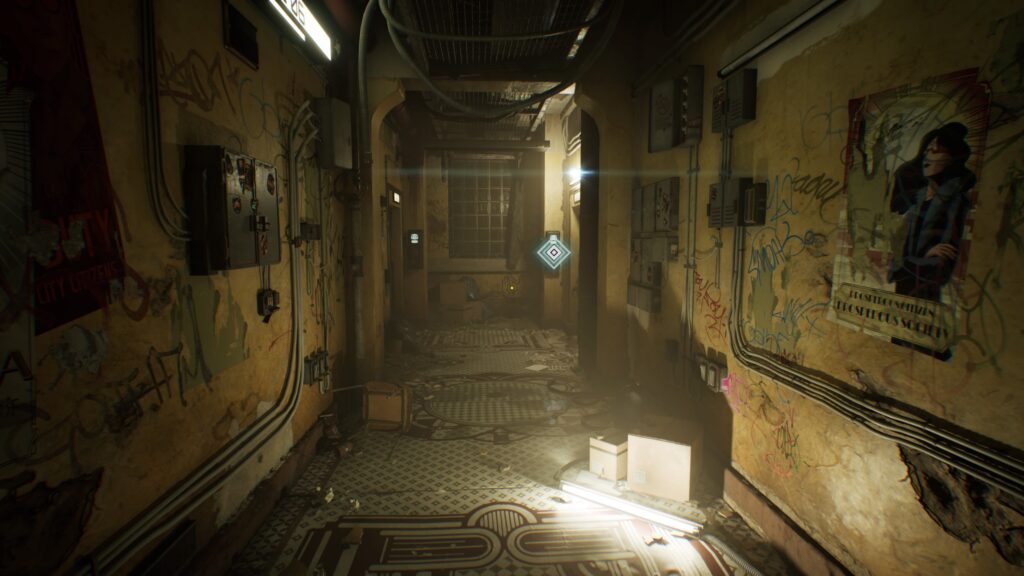
NOBODY WANTS TO DIE REVIEW
Nobody Wants to Die delivers a memorable noir-inspired detective adventure set within a captivating cyberpunk setting of New York City. It features brilliant writing, fantastic characters, and intricate world-building. While the gameplay aspects become quite repetitive, discouraging replayability, there is a memorable adventure here that some players will absolutely enjoy.
PROS
-
Relationship between the two lead characters
-
Gorgeous visuals, meticulously detailed
-
Impeccable world building
-
Deep and relevant themes
CONS
-
Repetitive solutions to crime scene investigations
-
Choices have little impact
-
Crime boards
